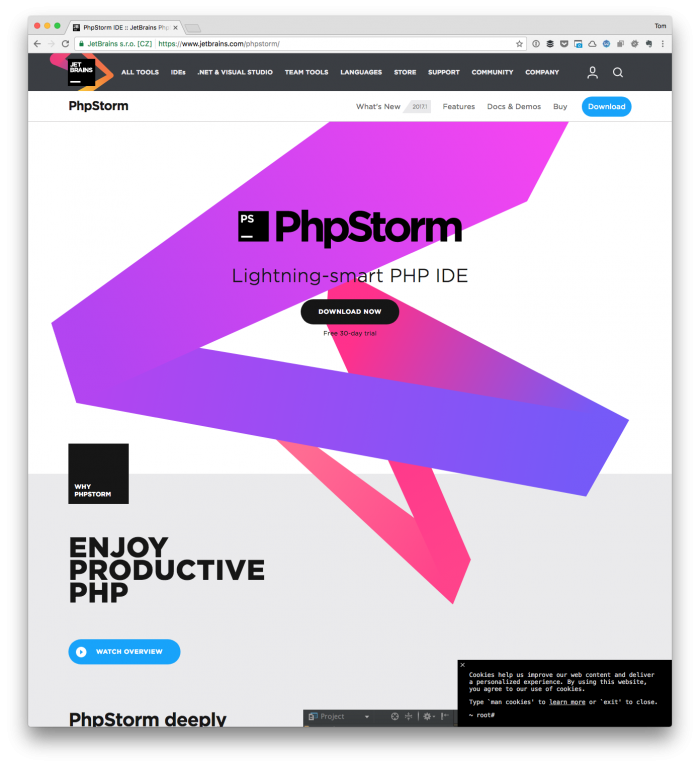Yesterday, I shared this whole little mini-rant about all of the various IDEs I’ve tried (like Coda, Atom, and Visual Studio Code) over the past few years.
i think in the last five years, i’ve covered:
• coda
• atom
• visual studio code..and probably more. i think it’s worth evaluating 1/6
— Tom McFarlin (@tommcfarlin) June 12, 2017
You can click through to read the whole thing, but this gist of it is that I’ve tried PhpStorm off and on for years, but it was never at a point that I enjoyed using it until the latest release (being 2017.1).

I think it’s important that if you’re going to be living in an IDE for a long project, let alone the majority of your day, it’s important that…
- you’re comfortable,
- that you enjoy it,
- that it stays out of your way,
- and that it helps you get stuff done well.
But if it’s slow and it’s in your way, and the interface is no good, and it’s generally all of the above things are not, then what’s the point of using it? So yes, I’ve been willing to sacrifice some of its power for lighter editors because I didn’t like how it handled certain things.
But that’s not the case anymore.
And originally, this post was going to be about how to achieve something within the context of PhpStorm. But I thought it might be worth doing some type of introductory post as to why I’ve finally started using PhpStorm for WordPress development in my day-to-day, why I’m [finally] enjoying it, and some other resources you may find useful.
Then I’ll get back to my usual “here’s how to do stuff using it” or “here’s how to do something in WordPress” type of posts.

